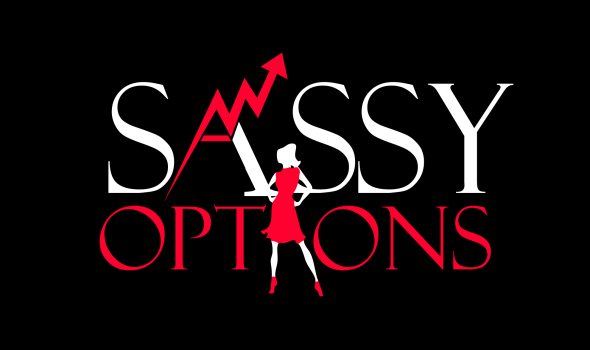Is Dow Theory the New MySpace?
Broad Based Overview on Gauging the Market
Perhaps theories are like the economy and they move in cycles. Unless you base market timing on numerology or astrology (not that there is anything wrong with that) then you likely ascribe to the belief that part of why technical analysis and other such indicators work is due to self-fulfilling prophecy (I know some traders have a difficult time accepting that and think the market somehow has a mind of its own and movements have nothing to do with humans). If that holds any truth to it, then naturally it would make sense that the most important indicators are the ones the masses are currently heeding attention to. Now the tricky part to that is just as social media evolves, so do indicators (think MySpace, Facebook, and Twitter). If you want to succeed, than you need to stay ahead of the curve and adapt.
Probably for much of the markets history no one theory or indicator works best, but a combination of several provide the best risk/reward scenario. Currently what I find most helpful is the following listed in order: the trend of the the major Indexes, sentiment, and seasonality. So for instance, perhaps focusing on the Dow and Transports is not as beneficial as watching Technology and Small Caps. Check out the chart below illustrating each of those sectors since the March 2009 bottom.
As you start to move from 2009 to 2013 on that chart you see that the two outperformers have been first the Nasdaq (top green line) followed by the Russel (blue). Then the three that have lagged, albeit in an uptrend are the SP-500 (brown), Transports (bottom green line), and the Dow (red).
As for sentiment. There are tons of ways to gauge it, including just your twitter feed (just kidding – sort of). Ryan Detrick, the Senior Technical Strategist at Schaeffer’s Investment Research I think provides some of the best and most consistent free sentiment indicators which include investment surveys, inflows and outflows, the put/call ratio, etc. In fact, you can see them all combined in his weekend research right here.
Seasonality, I think has less relevance, but can be helpful as a rough guide. Again, Ryan Detrick as well as The Bespoke Investment Group often post good information in that regard.
A Little Bit About the Dow
I am certainly not an expert on the Dow Theory, but I did some reading on it in order to answer the following three questions: it relevant to my work? Is it a leading indicator? Is it signaling a corrective phase or a major trend change?
Is it relevant to my work? The short answer is yes. Considering technical analysis was born from it than it is absolutely relevant.
Is it a leading indicator? First, there is no doubt that the Dow does house some important heavy-weights with international exposure (you can read about them from The Bespoke Investment Group here). Second, the layman hears more about the Dow than any other Index and perhaps if they hear that it’s going down they may be inclined to pull there money out. However, as you saw above, the Dow has lagged throughout the entire bull cycle that started in March of 2009.
Is it signaling a coming corrective phase or major trend change? Not yet, from what I can tell. First take a look at this simple chart below with some highlighted information.
Furthermore, according to Investopedia:
Under Dow theory, a major reversal from a bull to a bear market (or vice versa) cannot be signaled unless both indexes (traditionally the Dow Industrial and Rail Averages [now considered the transports]) are in agreement.” Below is a chart of the transports with notes.
From what I can tell the Transports are not “in agreement” with the the Dow-30 and we don’t have Elon Musk to thank for that. Well, unless you consider the Halo Effect.
Again from Investopedia
Another problem with Dow theory is that over time, the economy – and the indexes originally used by Dow – has changed. Consequently, the link between them has weakened. For example, the industrial and transportation sectors of the economy are no longer the dominant parts. Technology, for example, now takes up a considerable portion of economic production and growth.
So there you have it. In my view, the Dow Theory is not the end all be all of where the market is headed and even if it was, my interpretation of it is not telling me to “sell into rallies” just yet.
Where Are we Headed
Going out to the end of the year I do believe we go higher than our previous high of 1709. Going out just the next couple weeks or so, I believe we will most likely stay range bound between 1645 and 1685. I won’t bore you with all my reasons (they can be explained by the Sassy Spy Theory), but here is a simple chart that will give you some reference as to what I’m looking at. What I will be looking for to confirm this is a consolidation period that allows time for interest rates to stabilize while people begin to get comfortable with higher yields. Also, it would be good to see MySpace, err, I mean the Dow start catching up to some of the stronger Indexes. Or we just need Ben (just kidding – sort of).
 Happy Trading – When in doubt, just BTD, relax and have a drink ;-).
Happy Trading – When in doubt, just BTD, relax and have a drink ;-).




fantastic commentary! keep it up.Good job ; )
Thanks Felipe.